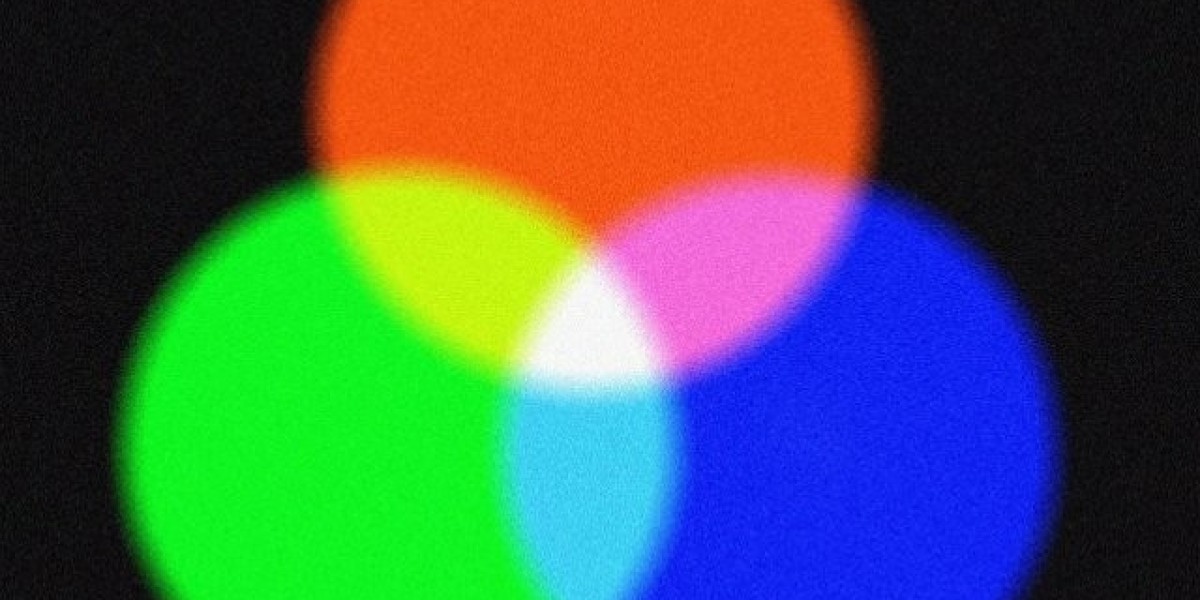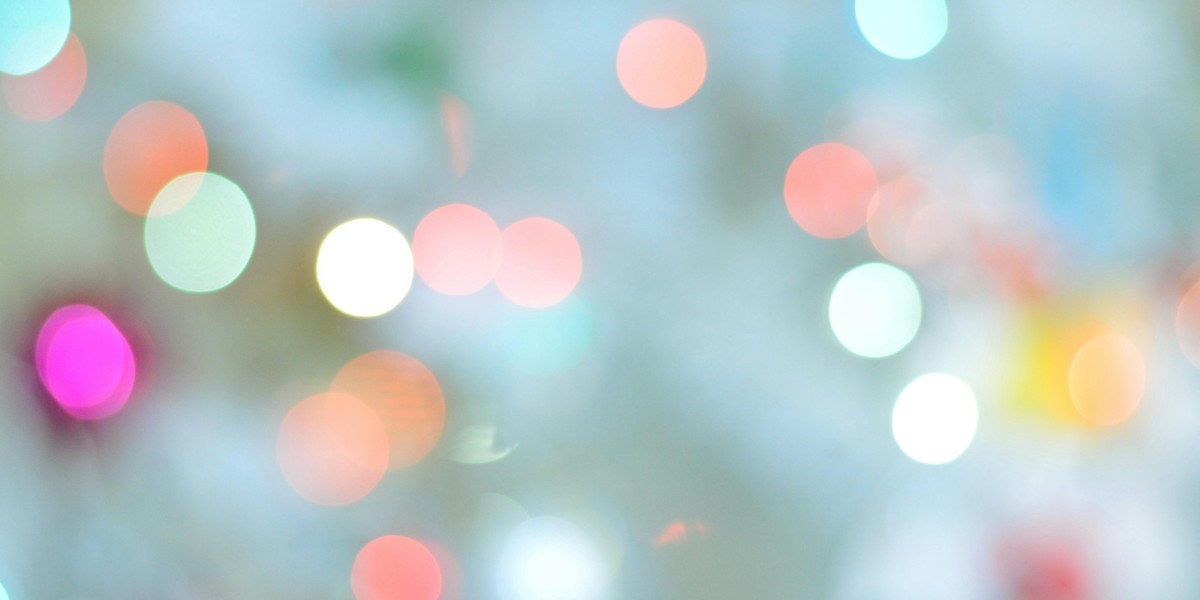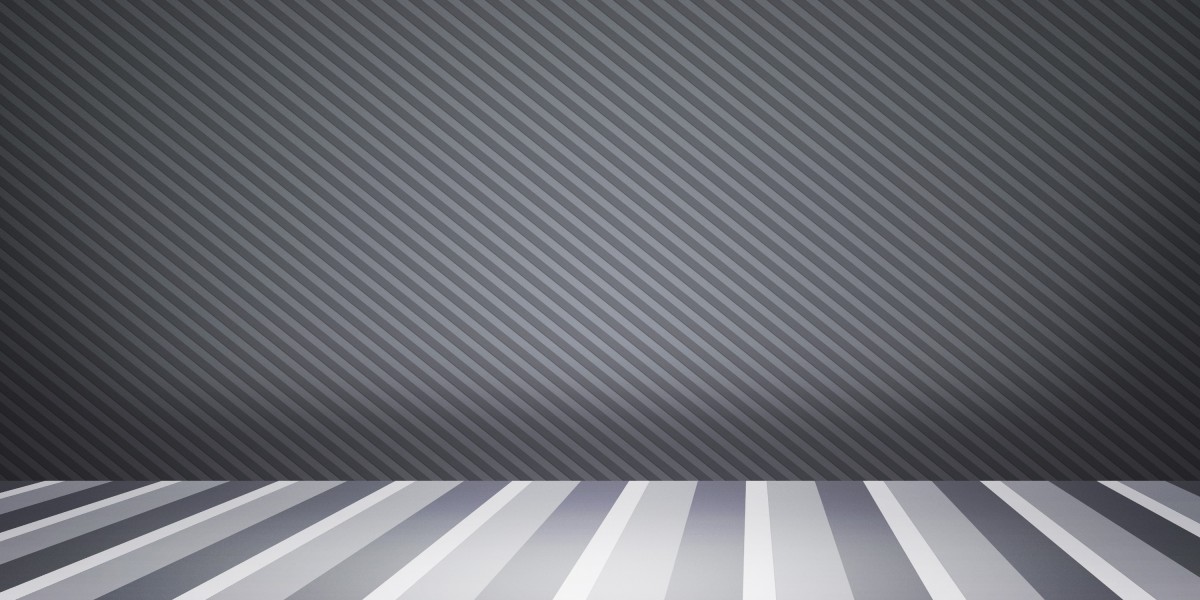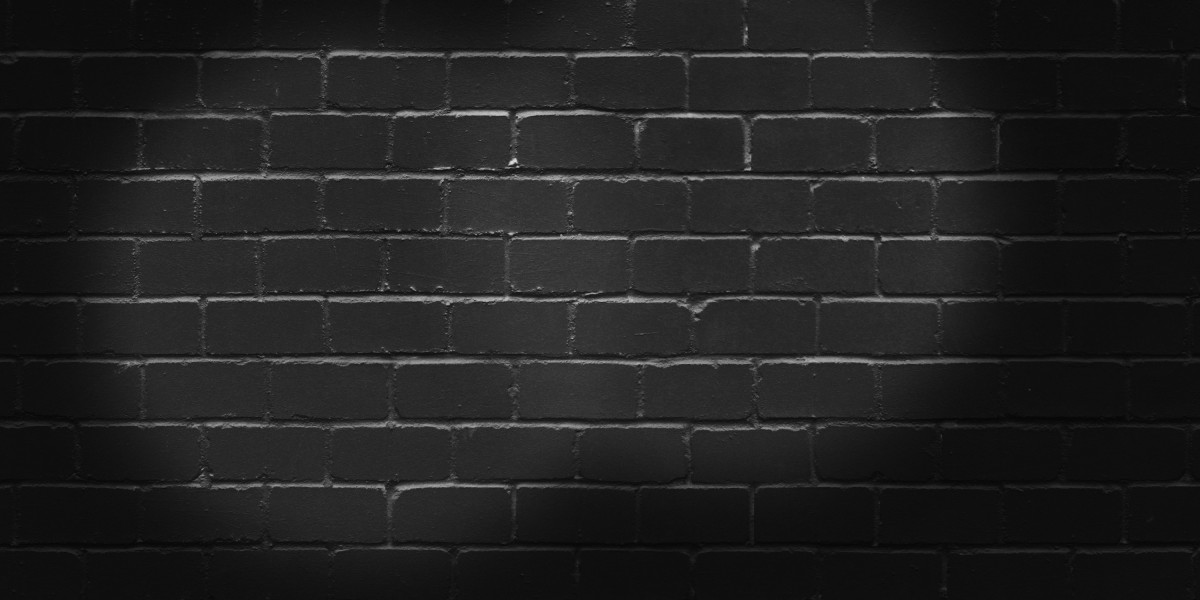Anabolic Steroids: Uses, Side Effects, And Alternatives
Anabolic Steroids – A Comprehensive Overview
Anabolic steroids (often called "steroids") are synthetic hormones that mimic the body’s natural anabolic‑androgenic hormone testosterone. They promote muscle growth, bone density, and male secondary sexual characteristics, but they also carry significant health risks. This guide explains how they work, their medical uses, recreational misuse, and the potential side effects.
---
1. What Are Anabolic Steroids?
| Term | Definition |
|---|---|
| Anabolic | Promotes tissue building (e.g., muscle growth). |
| Androgenic | Supports male sex characteristics. |
| Synthetic | Manually created in labs, not naturally occurring. |
| Testosterone‑derived | Most steroids are modifications of testosterone. |
1.1 Chemical Structure
Anabolic steroids share a four-ring core (cyclopentanoperhydrophenanthrene). Chemical changes at specific positions can:
- Increase anabolic activity.
- Reduce androgenic side effects.
- Modify metabolism (e.g., making it orally active).
2. Mechanism of Action: How Steroids Work in the Body
2.1 Receptor Binding
Steroid hormones diffuse across cell membranes and bind to intracellular glucocorticoid or mineralocorticoid receptors (for synthetic glucocorticoids) or androgen receptors (for anabolic steroids).
Diagram: Steroid–Receptor Complex
Cell Membrane <-- steroid diffuses in -->
Cytoplasm ---> steroid + receptor -> complex
--> translocates to nucleus
--> binds DNA at hormone response elements
--> modulates transcription of target genes
2.2 Gene Regulation
The steroid–receptor complex acts as a transcription factor, binding to specific DNA sequences (e.g., glucocorticoid response elements). It recruits coactivators or corepressors, altering the transcription rate of downstream genes.
Example Genes:
- Anti-inflammatory: upregulation of IL-10, downregulation of TNF-α.
- Metabolic: increased gluconeogenic enzymes (PEPCK), decreased insulin sensitivity genes.
2.3 Non-genomic Actions
Some steroids also act via membrane-bound receptors or rapid signaling pathways (e.g., activation of MAPK, grafana.jasonstolle.com PI3K). These non-genomic effects can modulate cellular functions in minutes rather than hours/days.
---
Practical Applications
| Condition | Therapeutic Goal | Steroid Choice & Dose |
|---|---|---|
| Asthma/Allergic Rhinitis | Reduce airway inflammation | Inhaled fluticasone propionate 100–200 µg BID (or budesonide 400 µg BID) |
| Rheumatoid Arthritis | Suppress joint synovitis | Prednisone 10–30 mg PO daily, taper over weeks |
| Systemic Lupus Erythematosus flare | Control widespread inflammation | Methylprednisolone 0.5–1 g IV q24h for 3 days (pulse) |
| Severe sepsis | Modulate cytokine storm | Hydrocortisone 50 mg IV q6h; consider dexamethasone 6.6 mg IV q12h (based on COVID‑19 data) |
| Inflammatory Bowel Disease flare | Reduce intestinal inflammation | Prednisone 40–60 mg PO daily, taper over 8 weeks |
3.2 Practical dosing guidelines
| Medication | Typical adult dose | Administration frequency | Notes |
|---|---|---|---|
| Hydrocortisone | 50 mg IV q6h (200 mg/day) | Every 6 h | Use for adrenal insufficiency, septic shock; taper based on response. |
| Dexamethasone | 4–8 mg PO/IV daily | Once daily | Effective in severe COVID‑19; consider dose adjustment if liver dysfunction present. |
| Methylprednisolone | 1–2 mg/kg IV q12h (100–200 mg/day) | Twice daily | Higher potency; monitor for hyperglycemia. |
| Prednisone/Prednisolone | 10–60 mg PO daily (equiv. to 5–30 mg methylprednisolone) | Once daily | Use in chronic conditions; taper over weeks. |
General Monitoring
| Parameter | Frequency | Action |
|---|---|---|
| Blood glucose | Every shift if >6 h IV steroids | Adjust insulin or oral hypoglycemics |
| Serum electrolytes (Na, K, Cl) | Daily for first 3 days, then every other day | Correct imbalances promptly |
| Weight and fluid balance | Daily | Monitor for fluid retention |
| Mood & behavior | Every shift if changes noted | Consider dose adjustment or add anxiolytics |
| Blood pressure | Twice daily | Treat hypertension as per protocol |
---
4. Practical Tips for Managing the "Cushing‑like" State
| Issue | Recommended Action |
|---|---|
| Weight gain / central obesity | Encourage low‑carb, high‑protein diet; limit sugary foods; use appetite suppressants if needed. |
| Mood swings / anxiety | Schedule regular counseling sessions; consider benzodiazepine or SSRI for persistent anxiety (dose limited to 0.5 mg/day). |
| Sleep disturbance | Maintain consistent sleep schedule, dim lights after sunset; avoid caffeine >6 pm. |
| Skin changes (acne, thinning) | Use non‑comedogenic skincare; topical retinoids may help but monitor for irritation. |
| Edema / swelling | Elevate legs when resting; use compression stockings if severe. |
---
4️⃣ Practical "Dos & Don’ts" for the First 30 Days
| Do | Don’t |
|---|---|
| Keep a daily log of mood, energy, and sleep patterns. | Skip logging even on good days – consistency matters. |
| Prioritize 7–8 h of quality sleep; keep bedroom dark & cool. | Use caffeine or screens >2 hrs before bed. |
| Eat balanced meals: protein + veggies + whole grains. | Rely on sugary snacks to "boost" energy. |
| Take a short walk (10‑15 min) after each shift. | Skip movement entirely; sedentary lifestyle spikes fatigue. |
| Hydrate consistently (~2–3 L water/day). | Rely solely on caffeinated drinks. |
| Use a white‑noise machine or earplugs if needed to mask daytime noise. | Let background sounds disrupt your rest. |
---
5️⃣ Quick‑Start Checklist (Daily)
- Pre‑shift
- Put on comfortable shoes/activewear if you plan to walk after shift.
- During Shift
- Keep hydrated with water; limit sugary drinks.
- Post‑Shift (Night)
- Use a gentle stretching routine to relax muscles before bed.
- Before Bed
- Create a dark, cool room; consider earplugs or white‑noise if needed.
- Morning (After Sleep)
Quick Checklist (Daily)
| Task | Done? |
|---|---|
| 15‑20 min walk after work | ☐ |
| Gentle stretching before bed | ☐ |
| Screen off 30 min pre‑sleep | ☐ |
| Dark, cool bedroom during night | ☐ |
| Open blinds during day | ☐ |
| Light exposure in morning (sunlight or bright light) | ☐ |
---
Remember:
- Light is the strongest cue for your circadian clock. Even brief exposure to natural light during the day and ensuring darkness at night will help regulate sleep, mood, and alertness.
- Small, consistent habits—like a quick walk after work or turning off screens before bed—can have a cumulative positive effect on your overall well‑being.



